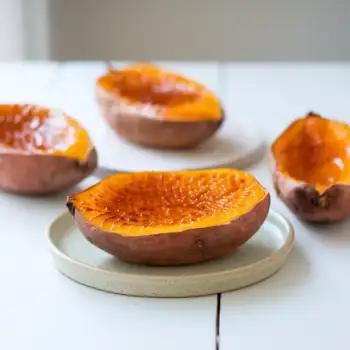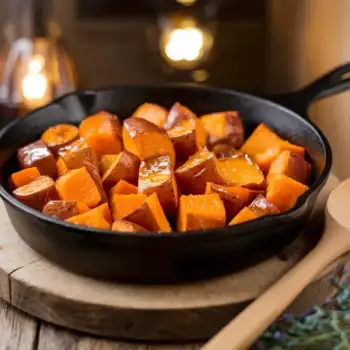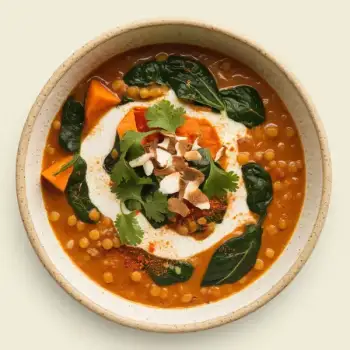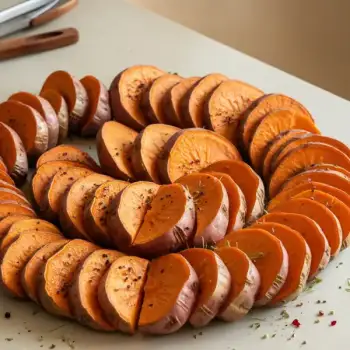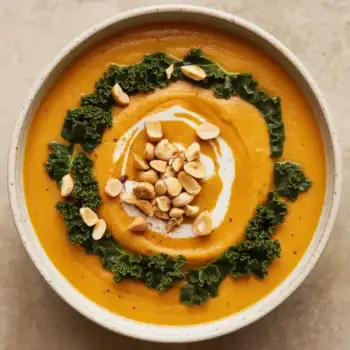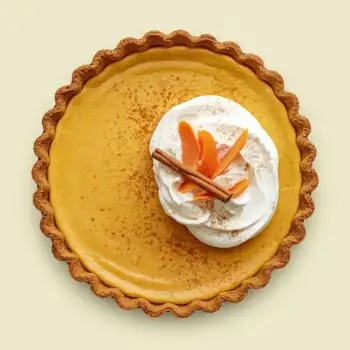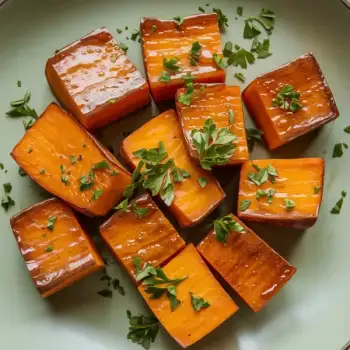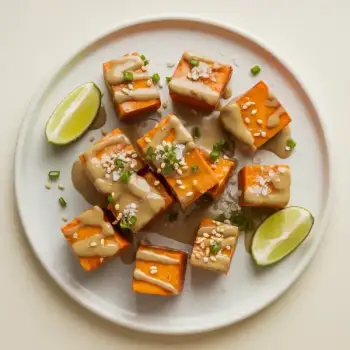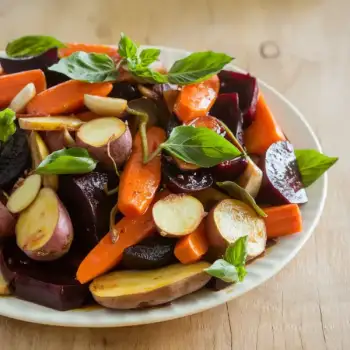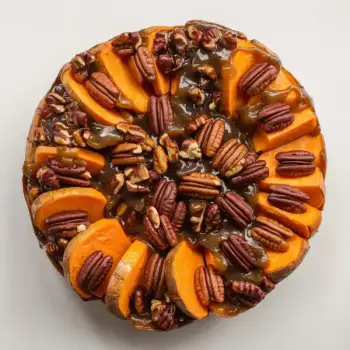


Dried
Dehydrated sweet potatoes, typically sliced or powdered, used as a snack or ingredient in various dishes.
Canned
Sweet potatoes that have been peeled, cooked, and canned in syrup or water, convenient for quick recipes.
Frozen
Sweet potatoes that have been peeled, chopped, and frozen, suitable for quick cooking without the need for peeling or chopping.
Pureed
Cooked sweet potatoes that have been blended into a smooth consistency, often used in baking or as a base for soups.
Fresh sweet potatoes
Whole, unprocessed sweet potatoes, ideal for baking, roasting, or boiling.




dried sweet potatoes: Harmony House
canned sweet potatoes: Bruce's Yams
frozen sweet potatoes: Birds Eye
pureed sweet potatoes: Libby's

Grilling: Grilling gives sweet potatoes a smoky flavor and charred exterior. Slice them into wedges or rounds, brush with oil, and grill over medium heat, turning occasionally, until they have grill marks and are cooked through.
Roasting: Roasting sweet potatoes intensifies their natural sweetness and creates a crispy exterior. Cut them into even pieces, toss with oil and seasonings, and roast at 425°F (220°C) until tender and caramelized, usually about 25-30 minutes.
Steaming: Steaming is a healthy way to cook sweet potatoes without adding extra fat. It preserves their color and nutrients and results in a tender texture. Steam whole or cut sweet potatoes in a steamer basket over boiling water until they are soft.





